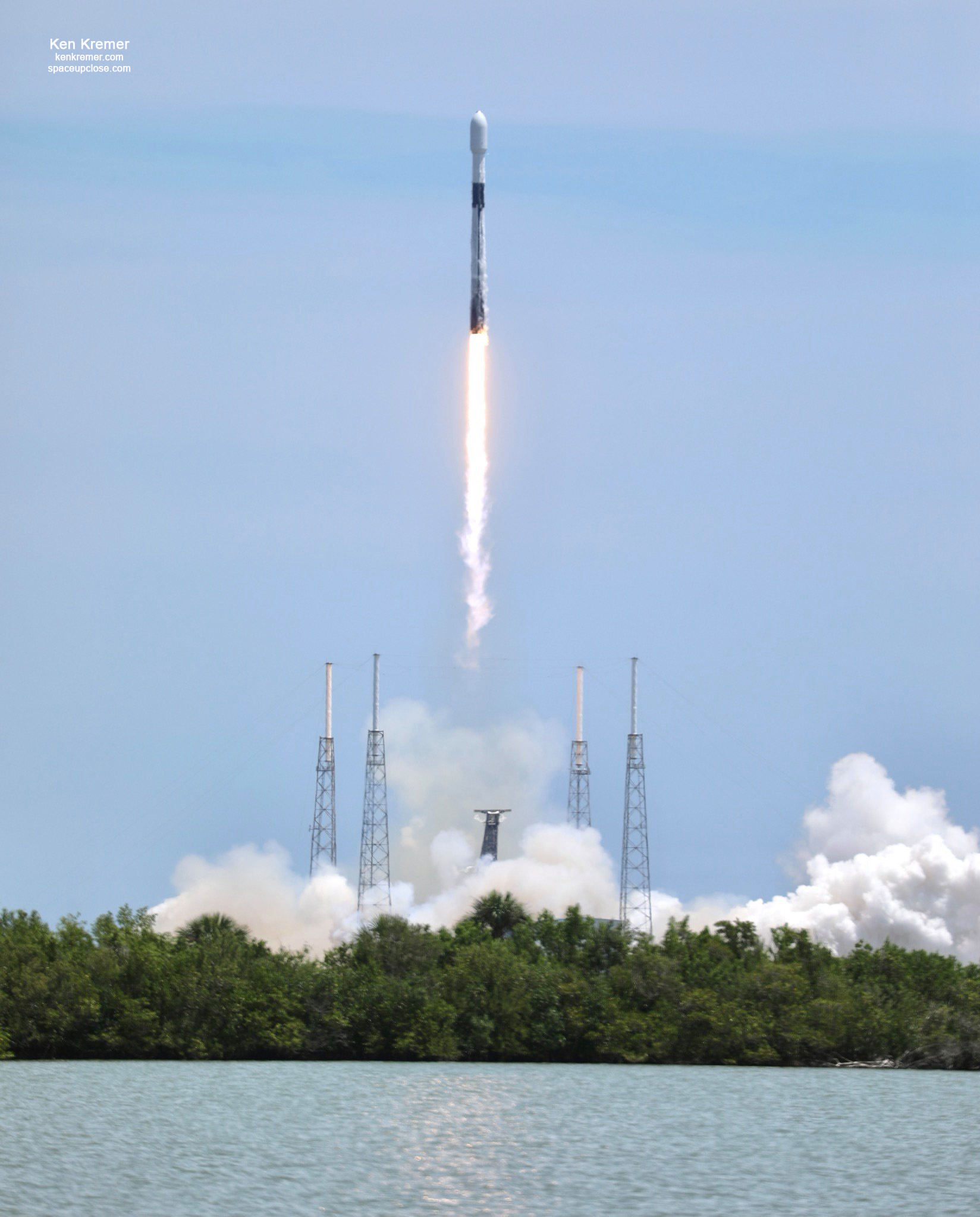
CAPE CANAVERAL SPACE FORCE STATION, FL – SpaceX successfully launched the newest next generation GPS III series navigation satellite with enhanced timing, speed and antijamming capabilities for the U.S. military on the 1st ever recycled Falcon 9 rocket approved for use on a national security mission for the Space Force to medium Earth orbit at lunchtime Thursday, June 17 from Florida’s Spaceport.
The beautiful ‘flight-proven’ Falcon 9 launch Thursday delighted hordes of spectators ringing the regions parks and beaches following several days and evenings of drenching rain and thunderstorms pummeling central Florida and the Florida Space Coast.
The spectacular liftoff of the commercial reused SpaceX Falcon 9 carrying the fifth third generation series Global Positioning System (GPS) III satellite, Space Vehicle 05 (SV05) mission took place right on time at 12:09:35 p.m. EDT (1609:35 GMT) Thursday, June 17, from Space Launch Complex 40 at Cape Canaveral Air Force Station, Florida, for the U.S. Space Force and the Space and Missile Systems Center (SMC) located at Los Angeles Air Force Base in El Segundo, California.
.
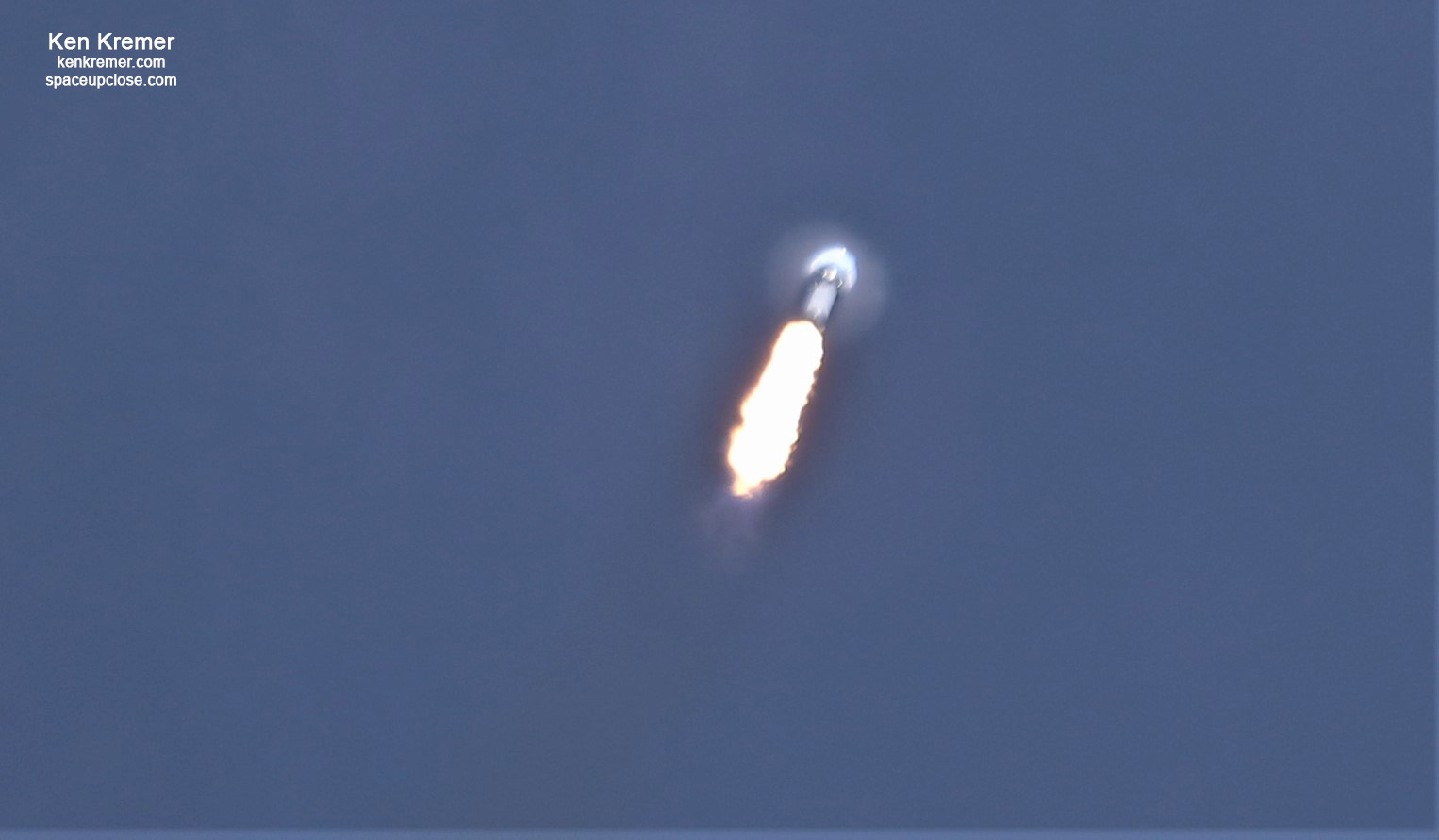
Eight and a half minutes later the recycled 1st stage booster designated B1062 nailed its soft landing on a droneship in the Atlantic Ocean.
This booster previously launched on its maiden mission carrying the prior next gen GPS III navigation satellite (GPSIII SV04) national security mission back in November 2020 and was recycled to this launch of SV05 after undergoing extensive and exhaustive analysis for this mission to ensure its readiness to fly safely and robustly.
“The launch of GPS III SV05 is a testament to SMC’s ability to rapidly and safely deliver new capabilities on orbit. This successful launch occurred just seven months after SV04 and the team worked concurrent operations between both SVs during the dynamic situation presented by COVID-19,” said Mr. Cordell DeLaPena, Jr., USSF program executive officer for SMC’s Space Production Corps, in a statement.
“At SMC, we are proud to deliver our fifth GPS III satellite and will continue to operate at an accelerated pace to meet the demands of our users.”
The Space Force, the US government and Taxpayers are saving time and money with the flawless launch and landing – a total of $64.5 million via the reuse and recovery of the Falcon 9 1st stage boosters.
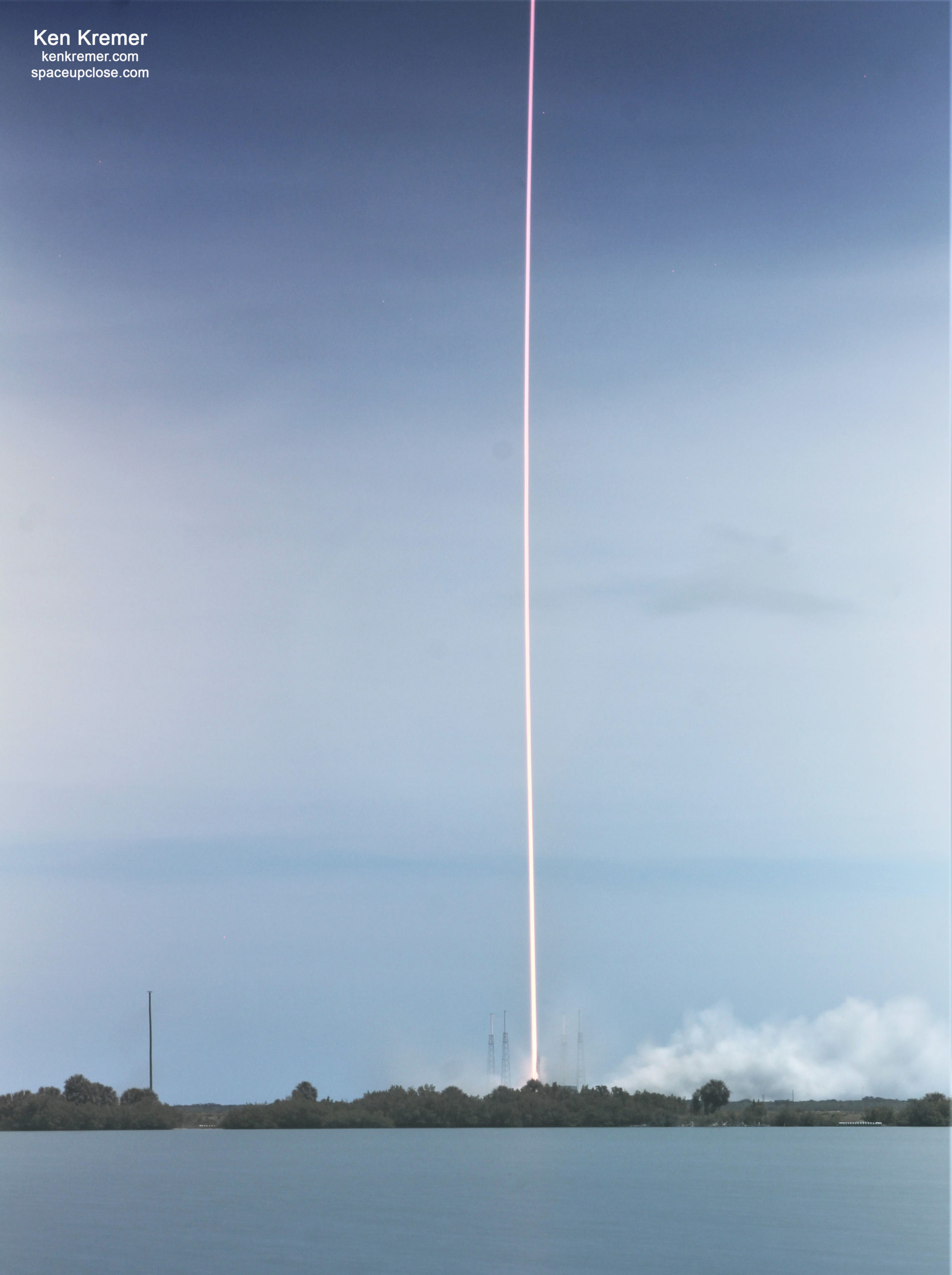
All 9 Merlin 1D first stage engines ignited to generate approx. 1.7 million pounds of liftoff thrust powered with liquid oxygen and RP-1 propellants as the 229-foot-tall (70-meter) rocket roared off pad 40 with a crackling thunder heard round the central Florida region.
The weather was outstanding and offered spectators ringing the space coast a stunningly beautiful spectacle of the two stage Falcon 9 rocket soaring to orbit for many minutes on the eight and a half minute ride to medium Earth orbit.
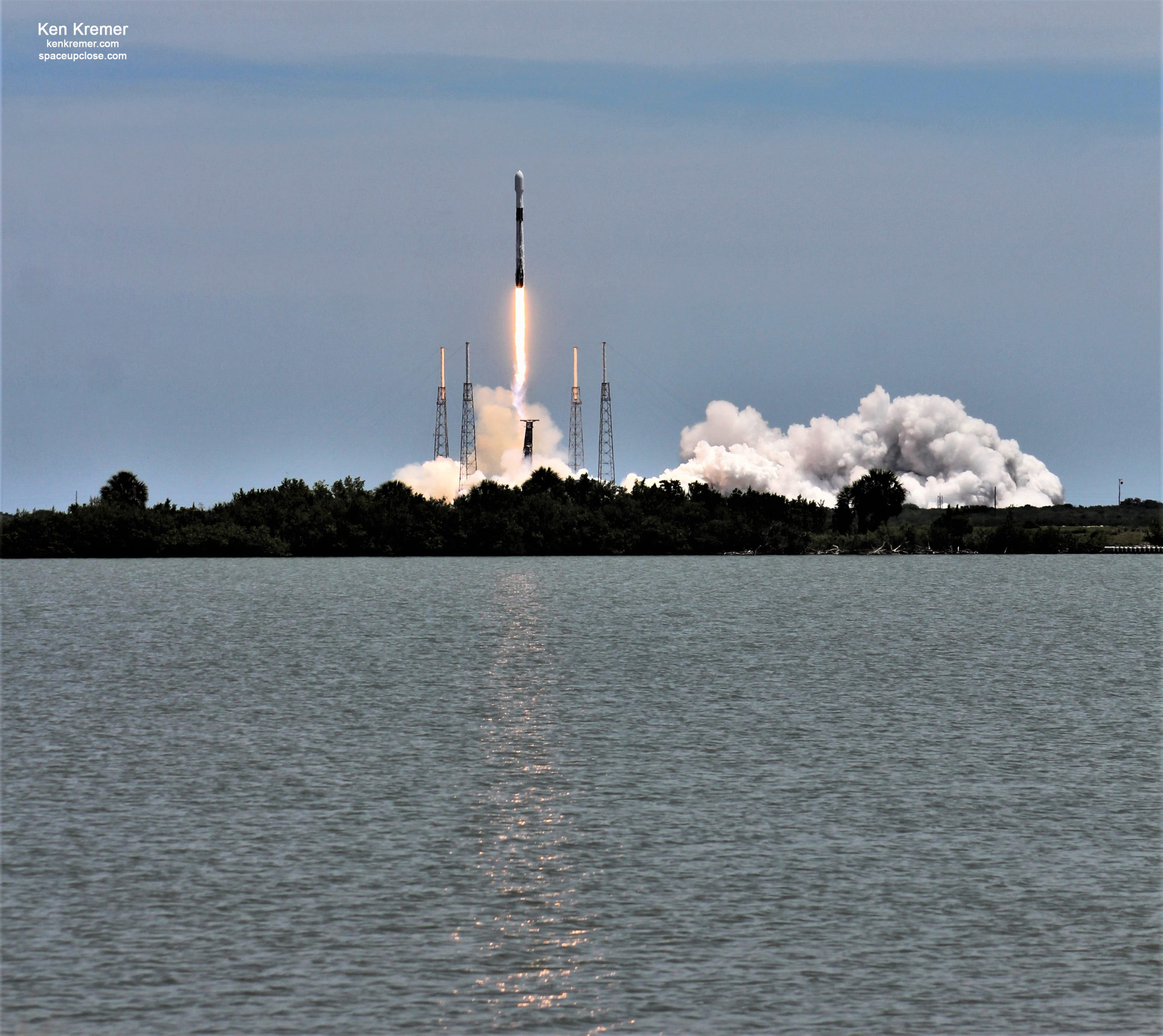
GPS III SV05 separated from its upper stage approximately 90 minutes after launch. Engineers and operators at Lockheed Martin’s Waterton Facility will now begin on-orbit checkout and tests, which are estimated to complete in approximately two weeks. Operational use is expected to begin in a few months, said the Space Force.
Deployment of GPS III-5 confirmed pic.twitter.com/bMWn5OVr40
— SpaceX (@SpaceX) June 17, 2021
Lockheed Martin is the prime contractor for the GPS III series Space Vehicle 05 (GPS III SV05) for the U.S. Space Force, Space and Missile Systems Center (SMC) and its mission partners.
“This inaugural flight demonstrates the power of applying the Government’s proven Mission Assurance process with industry’s innovative launch systems,” said Col. Robert Bongiovi, SMC Launch Enterprise director, in a statement.
“I couldn’t be more proud of how our SMC team and industry partners continue to innovate with every launch.”
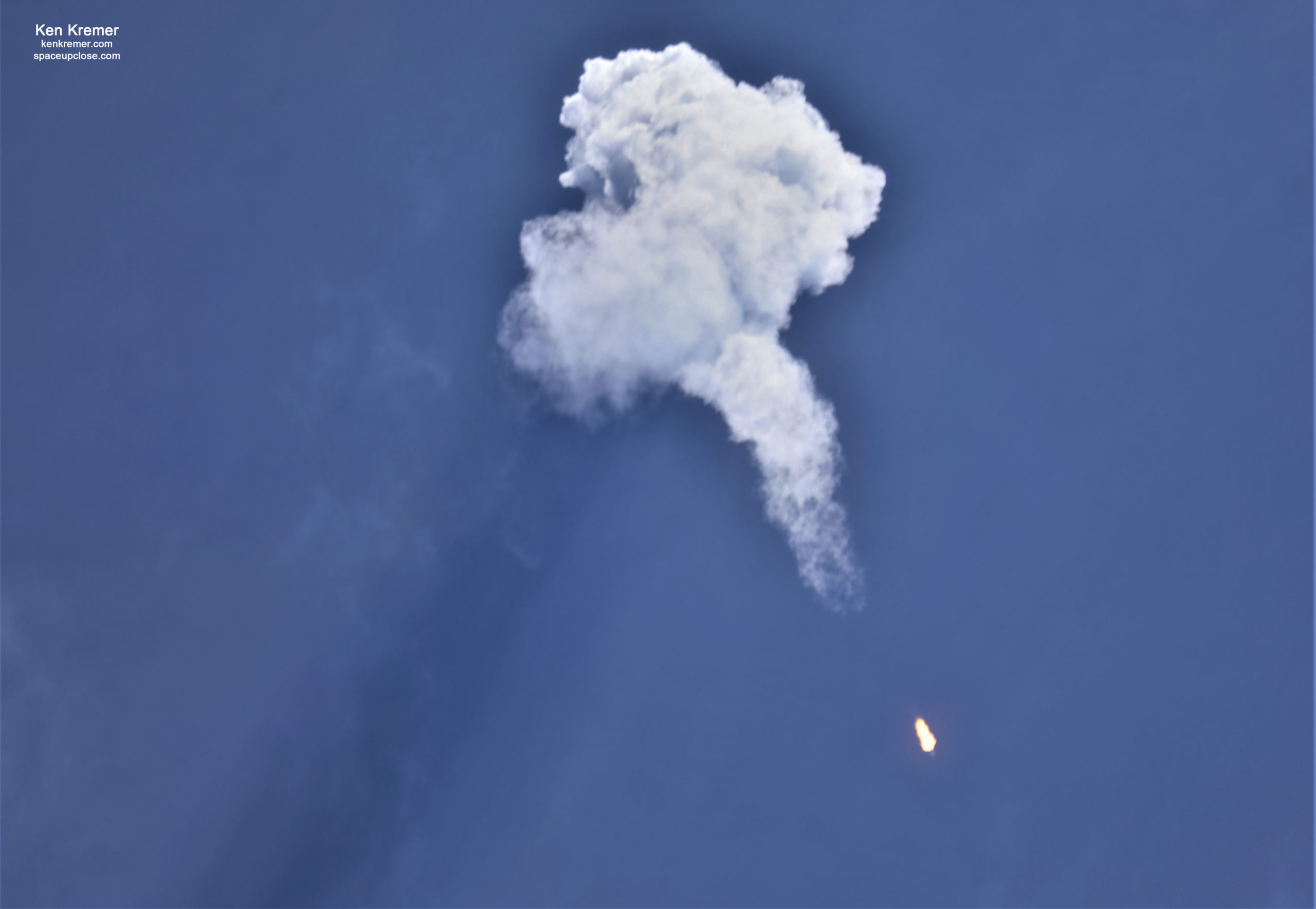
Enjoy our Space UpClose photos of the launch from Ken Kremer and Jean Wright.
The first stage accomplished a precision soft landing upright on the JRTI (Just Read the Instructions) droneship
Falcon 9’s first stage has landed on the Just Read the Instructions droneship, completing this booster’s second GPS III flight pic.twitter.com/7WDueMj5VJ
— SpaceX (@SpaceX) June 17, 2021
Overall this counts as the 88th landing by land or by sea of a spent Falcon 9 first stage booster.
It is also SpaceX’s 18th mission of 2021 and 126th successful mission overall.
GPS III SV05 joins a constellation comprising 31 GPS satellites operating in orbit.
The fully fueled satellite weighs approximately 9,550 pounds, or 4,331 kilograms at launch and is launched to an altitude eventually reaching approximately 12,550 miles (20,200 km) and at an inclination of 55 degrees to the equator.

GPS serves a broad array of both civilian and military functions.
GPS III SV05 will join the current 31-satellite operational constellation to continue to provide the gold standard in positioning, navigation, and timing services for more than four billion users worldwide, says the U.S. Space and Missile Command.
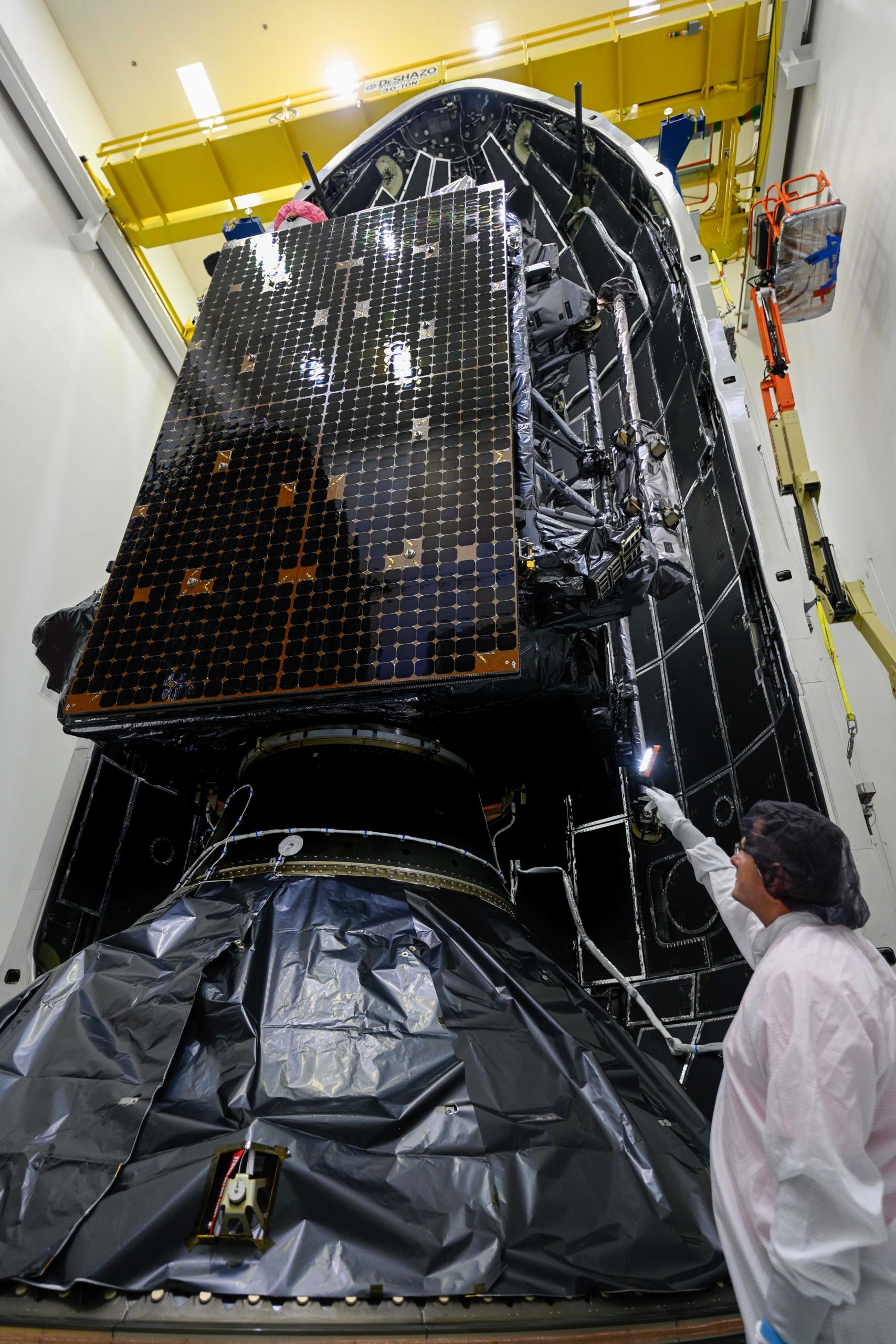
GPS III SV05 has three times more accuracy and up to eight times improved anti-jamming capability vs the currently orbiting GPS constellation in the earlier GPS II series. A vast improvement for both military and civilian users of GPS.
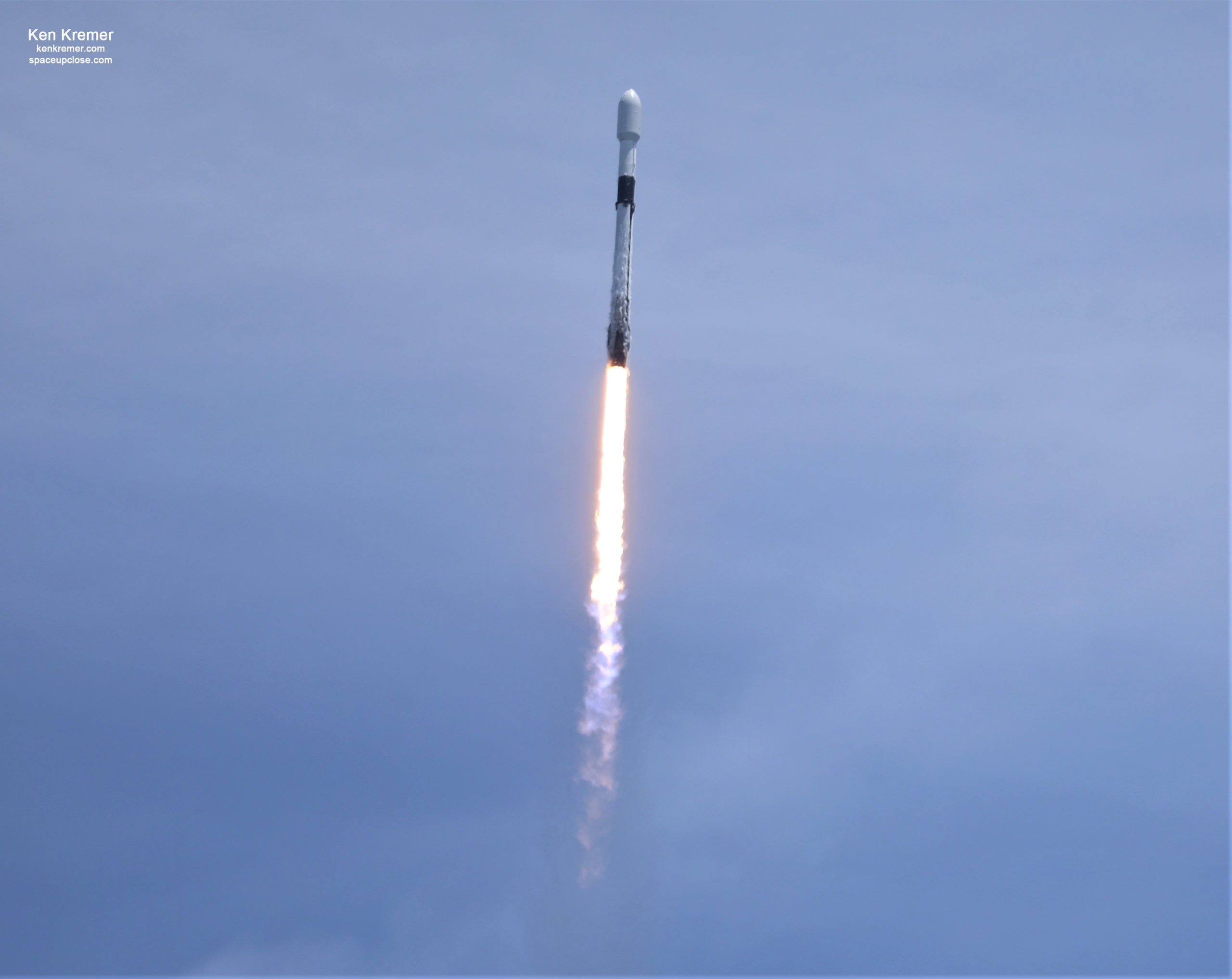
GPS III SV05 is the 24th Military Code (M-Code) satellite to join the current GPS constellation comprised of 31-operational spacecraft, the last required for M-Code Full Operational Capability, says the Space Force.
“M-Code in the newest generation of GPS satellites, brings new capabilities to users, delivering positioning, navigation and timing (PNT) information with three times the accuracy and up to eight times the anti-jamming capability than its predecessor. SV05 augments a GPS III constellation that broadcasts a new civilian signal called L1C, which is easier to acquire, allows for ionospheric corrections, and improves reception in cities and remote areas.”
Watch Ken’s continuing reports about National Security missions, Artemis and NASA missions, SLS, Orion, SpaceX, Starlink, Commercial Crew and Starliner and Crew Dragon and onsite for live reporting of upcoming and recent SpaceX and ULA launches including Crew 1 & 2, Demo-2, ISS, X-37B, Solar Orbiter, Mars 2020 Perseverance and Curiosity rovers, NRO spysats and more national security missions and more at the Kennedy Space Center and Cape Canaveral Space Force Station.
Stay tuned here for Ken’s continuing Earth and Planetary science and human spaceflight news: www.kenkremer.com –www.spaceupclose.com – twitter @ken_kremer – email: ken at kenkremer.com
Dr. Kremer is a research scientist and journalist based in the KSC area, active in outreach and interviewed regularly on TV and radio about space topics.
………….
Ken’s photos are for sale and he is available for lectures and outreach events
Please consider supporting Ken’s work by purchasing his photos and/or donating at Patreon:
https://www.patreon.com/kenkremer
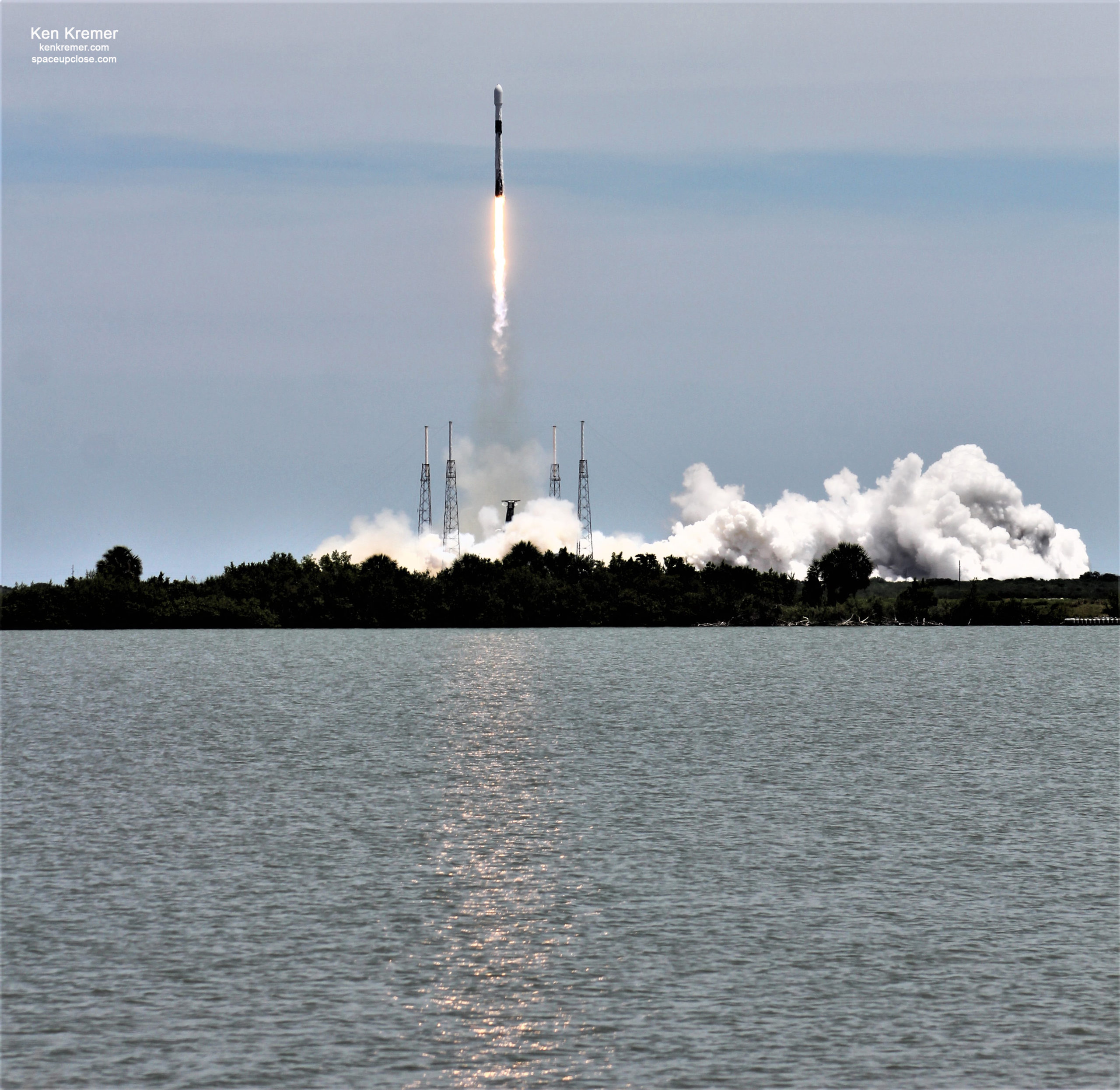
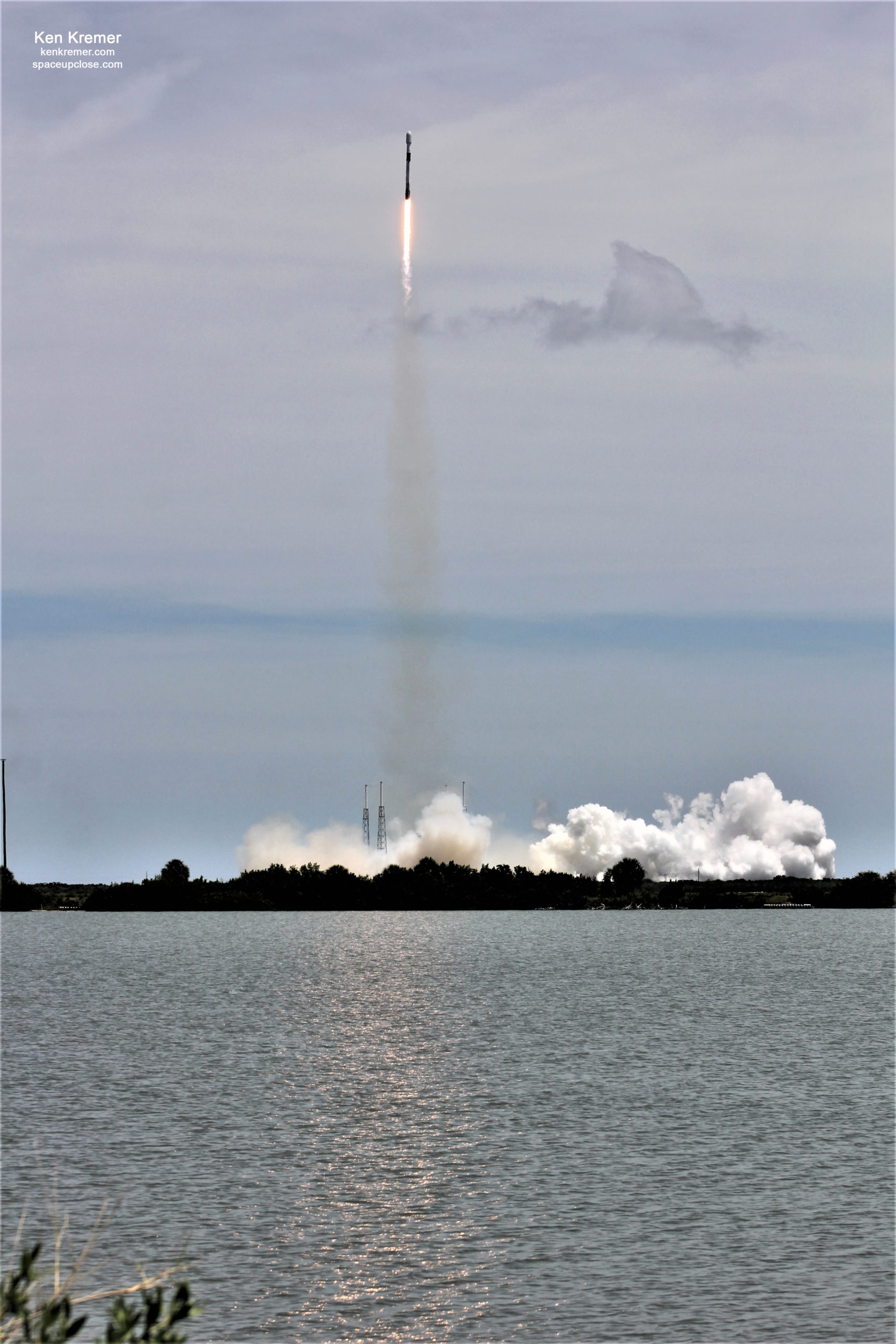
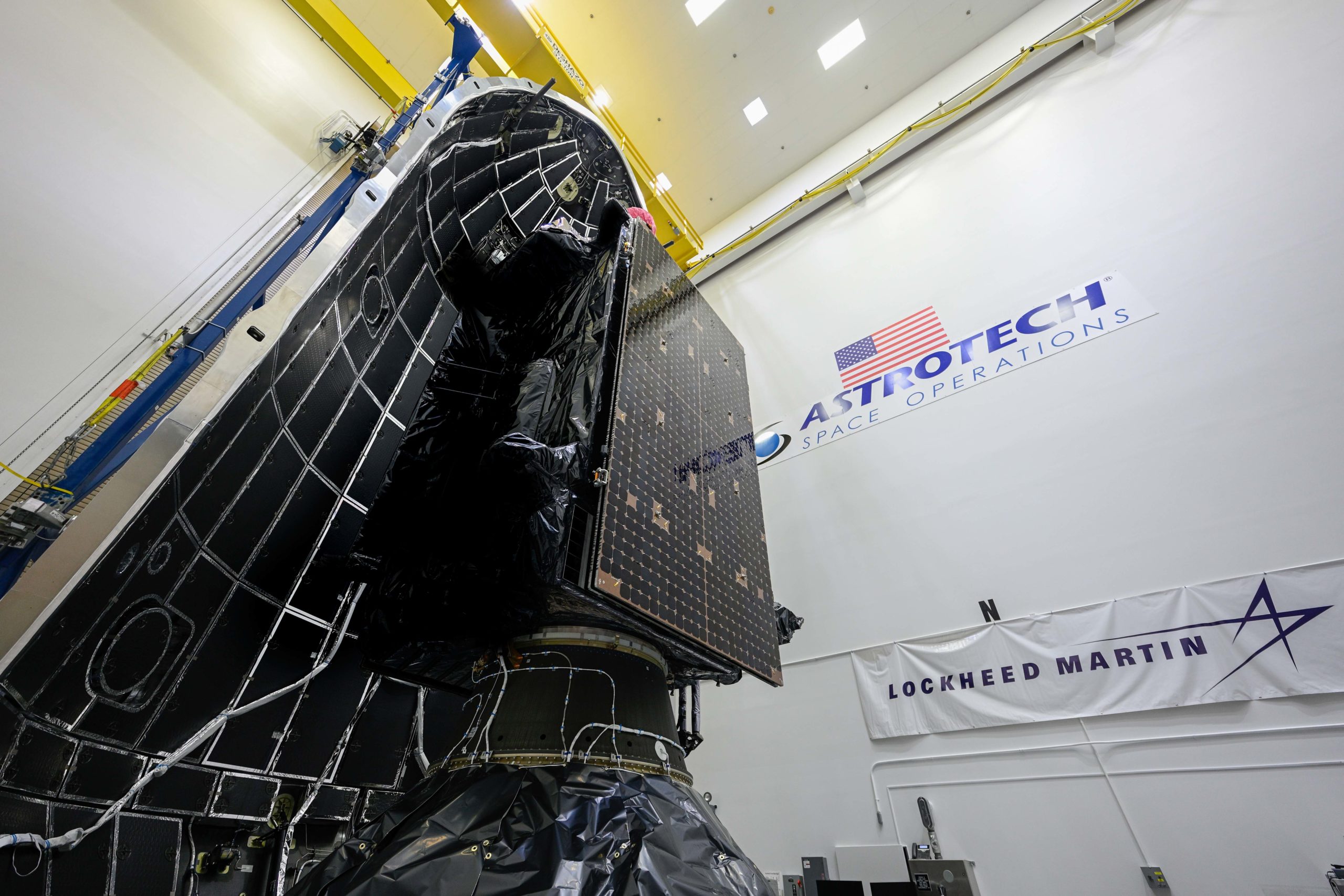
x



